Sports for Skiing – MotorSports
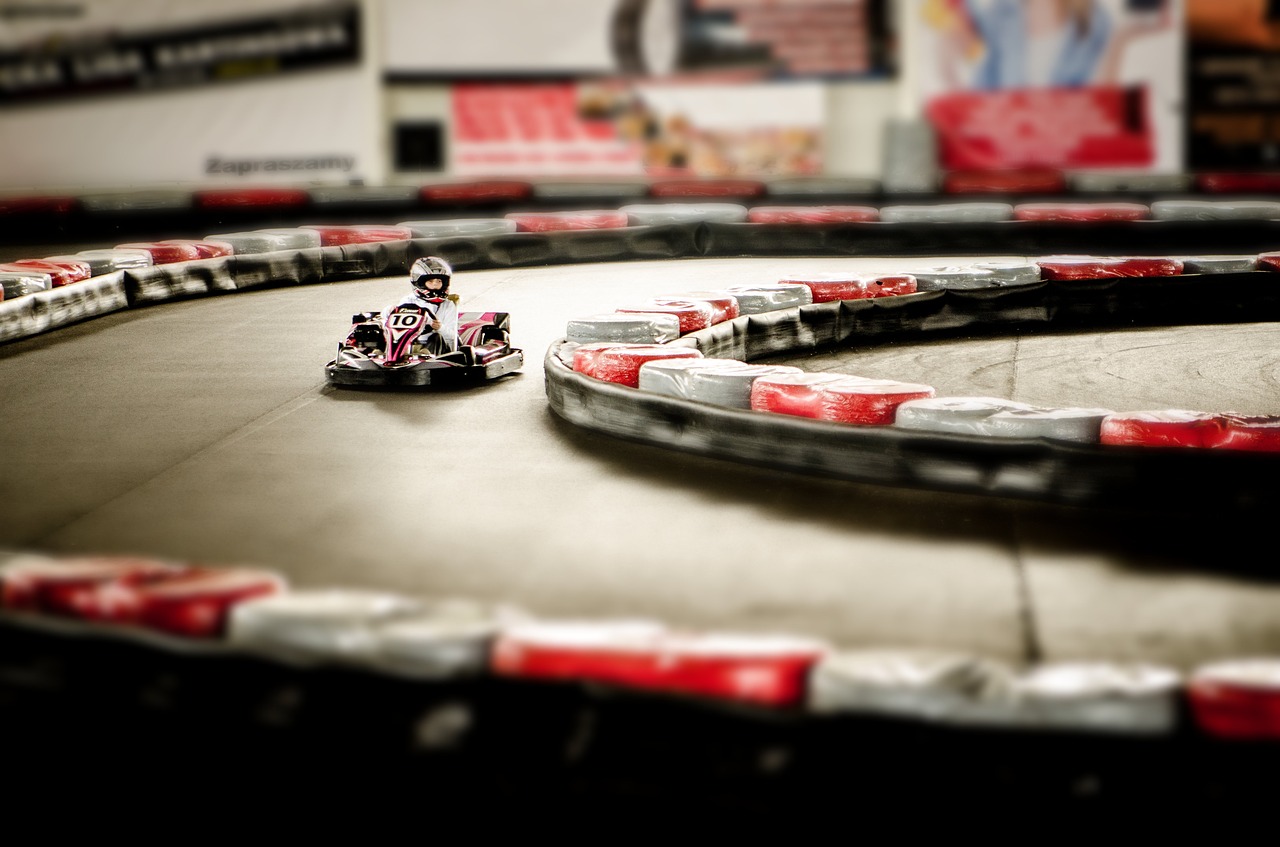
Sports for Skiing – MotorSports
Can motorsports for skiing make sense? An alternative and effective way to train those elusive skills of attitude to speed, your reflexes and line awareness. And some body management awareness too!
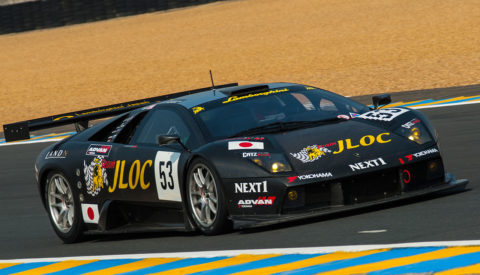
Motorsport is very different in terms of physical demands compared to skiing and trying to compare the two sports is pretty complicated. However, there are a few points that a skier (and a coach) could take from such a different sporting world. In the past, I have been lucky enough to be part of the coaching team for drivers and riders from a variety of motorsports, including the 24 hour Le Mans race and the Italian dirtbike championship.
Motorsports for skiing – Neck
There were two aspects of the training program made that experience interesting; the first one is almost just a curiosity for our current purposes: neck training.
Competing inside a car, strapped to a seat and cornering at high speed, motorsport drivers have a unique requirement for very specific neck training. No other sport creates such prolonged stress around the few vertebrae that connect the head with the rest of the body… While sitting down!
Skiing of course requires a strong neck as well, to resist impacts and protect all the important joints it carries around. Luckily, skiing is also executed free from seats and other structures. Our body, by simply being free while training, can adapt sufficiently to keep up with the needs of the sport. 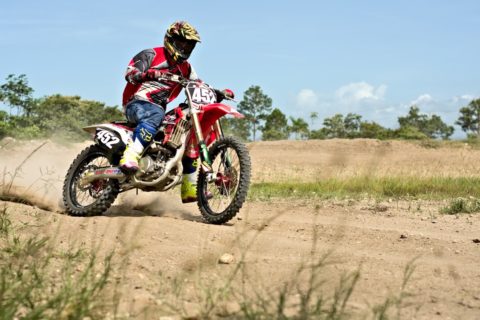
What is important to take away from this aspect of motorsport is: check the correct posture of the neck and the shoulders. Correct alignment of all the joints can avoid chronic aches and can substantially reduce the risk of injury during a fall.
Our ski position tends to pull the shoulders forwards and keep the shoulder blades open, pushing the upper body into a Kyphotic posture.
Specific neck strength training is probably not needed for recreational skiers. If you are professional skier it could be useful to check your upper body posture (shoulders, neck, head) to make sure the joints are correctly aligned and in good health. While today posture alignment is common practice at elite levels, far too often amateur athletes and ski instructors do not go through a professional check up. Knowing where you stand in terms of body alignment will allow you to understand how you move and where you are more prone to get injuried. Through a simple check up by a posture educator or a physiotherapist one can find out a lot about the current state of the joints, bones and muscles. Walking away with tips and exercises to avoid getting injuried and get stronger, all in one.
Motorsports for Skiing – Attitude
The second and most interesting aspect of pilots’ training came up when the head coach introduced me for the first time to a professional dirtbike rider.
The athlete was already warming up on the rolling carpet and the coach, standing next to him, simply said: “we’ll have fun today, these kind of riders are crazy and limitless. You can ask them do what you want, they will just do it. No second thoughts or primadonna attitudes. Ain’t no football players today”. And so we started.
And it was true. The guy didn’t flinch, no matter what the exercise was.

At barely 20 years old I was witnessing what a high risk sport requires in terms of attitude training on a professional stage.
What became clear after a few sessions was that that attitude requires constant training that is tailored specifically to the physiology of the individual athlete, taking into account everything: from childhood to the present moment and of course the schedule of the competition calendar. It has to part of the Long Term Development programme that each coach should endure with the athlete, what ever age and stage they are at.
Often this is sacrificed to the pursue of short terms results. It is common to consider results only in victories, rather than growth. Giving the athlete time to develop might require a season with lower results in terms of rankings (or exams attended for ski instructors) but will allow building time. But it will build solid fundations for victories (and exam passes) to come all together the season after.
Motorsports for Skiing – Attitude to speed
What was also made clear is that attitude to speed and risk CAN be trained. It’s not just an innate feature, or an innate talent.
Training this skill is difficult to explain in detail, as it greatly depends on the athlete and the relationship with the coach. however, the general guideline would be to follow a gentle learning curve. 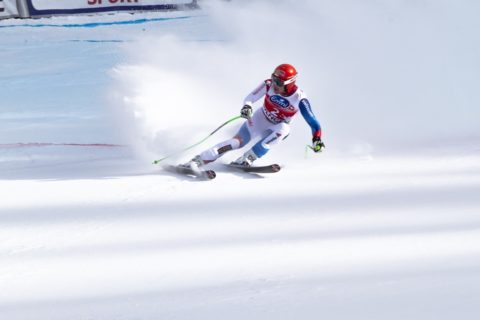
This may be paradoxical to some, but risk and speed, although belonging to the “extreme world”, are better trained in smaller steps. Not in large overwhelming experiences. A big mistake many coaches made in the past and even nowadays, especially when training kids.
Let the athlete face ever more difficult challenges, but give them time to actually fully overcome them. Success will motivate the pursue of more success, buidling the carater and increasing the ability of managing fear.
Fear is needed to keep the individual from destruction. Too much of it and the athlete looses self-confidence. Too little of it (or too much over compesation mechanism) and the athlete gets injuried. Like cars or bikes, durability creates greatness. A Formula 1 car that breaks down at every GP will loose. An athlete that faces too many or too high risks, will break down. And Fail.
Mental balance is a responsibility both coaches and performers have to take for their own and work together towards success.
Concentration, line, speed, eye
Driving a circuit in a competitive mode can be a useful way of training concentration. Being able to focus on the trajectories taking decisions at high speed is needed in both skiing and race driving. In an era were phones and applications requires shorter time spans concentration effort, being able to train this skill will come as great advantage. Not only for performance but also in the general health of the performer. This can be purse by anything that requires longer concentration efforts than “usual”. The usual is whatever the athlete is used to. For some, this article is already a test. 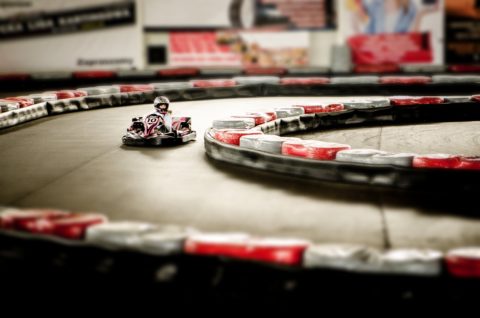
Using motorsports can be useful as they also create a rush of emotions related to the release of adrenaline and noradrenaline. The hormones responsible for the Thrilling feel. Taining concentration while on “thrill” will be beneficial for skiers, as the two often will go together.
Concentration in motorsports also goes hand in hand with the choice of line. Fast and efficient driving depends very much on the correct choice of line, which can be transferred to the ski slope.
Spending time at speed can also be beneficial in terms of training of the eye-brain reaction time. The eye is an organ that constantly interacts with the brain. Being able to maximise the efficiency of this communication can be beneficial to our skier as well.
Conclusions
So, would driving a fast car or a motorbike teach my athlete how to ski?
No. Just as much as I am not advising driving fast on public roads to train yourself for skiing. Even though I am writing in the province of Ducati, Ferrari, Lamborghini and Maserati factories. We are full of bendy roads here…
However, motorsports can teach us how to train certain aspects of skiing. Mental attitude, attitude to speed, reflexes, line and trajectory awareness etc.
Some dangerous hobbies might be useful after all…
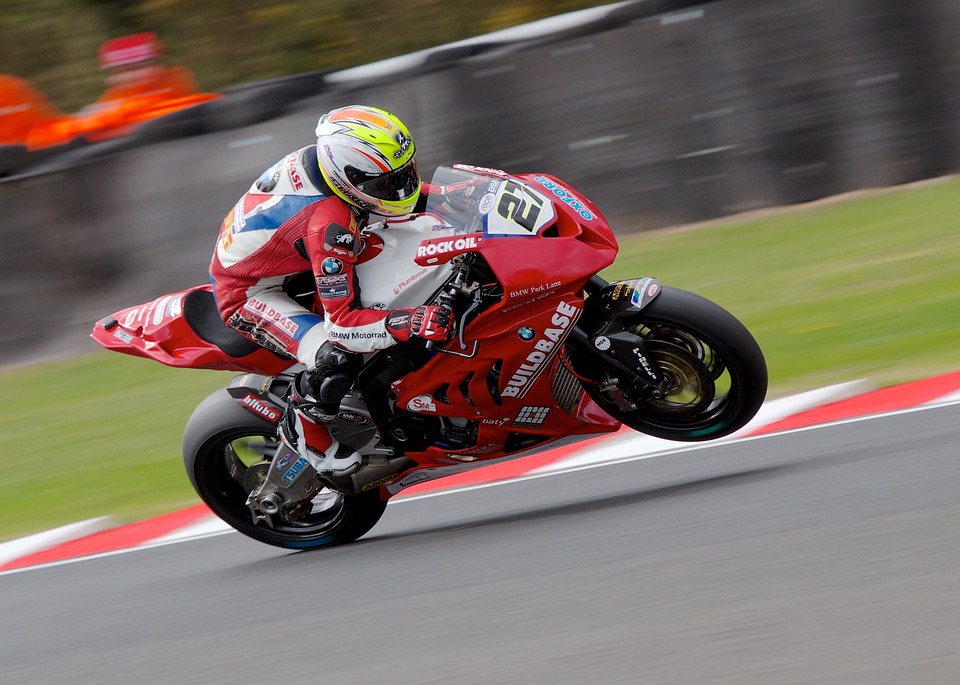
For more articles of this series you can follow the links here below:
Sports for Skiing – Gymnastics
Sports for Skiing – Hockey
Sports for Skiing – Running Vs Cycling
Sports for Skiing – Introduction
Delivering for ski instructors
All our ski instructor courses are run by a team of coaches working together. We believe that a correct physical preparation is fundamental for the success in a ski career. Having dedicated coaches, along with physiotherapists and postural educators, helps us keeping the trainees aways from injuries.
This is valid for all our group courses in Zermatt, such as the Autumn and Winter Gap Courses, the ISIA Level 3 Course and the Level 4 Course. For more courses you can visit the dedicate webpage here. Private coaching in Switzerland and across Europe is also available contacting us at info@subzerocoaching.com